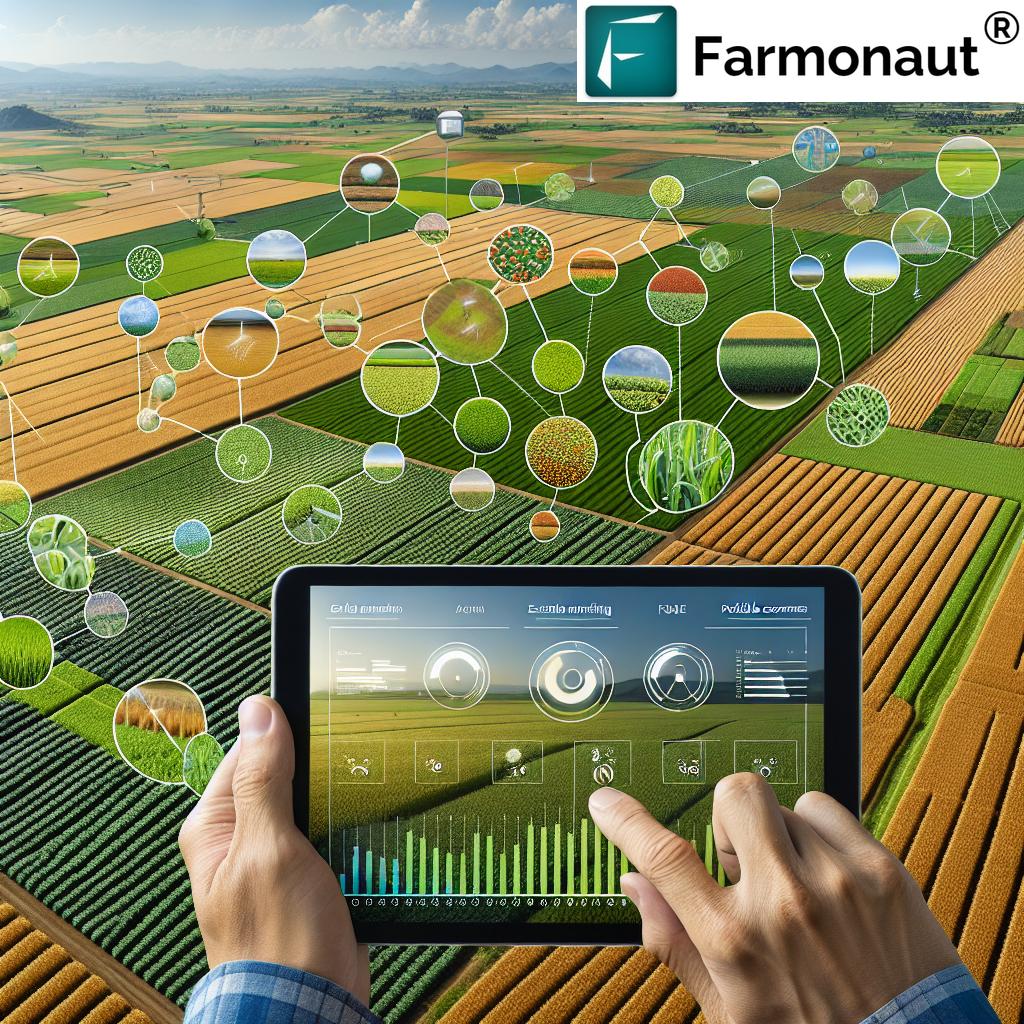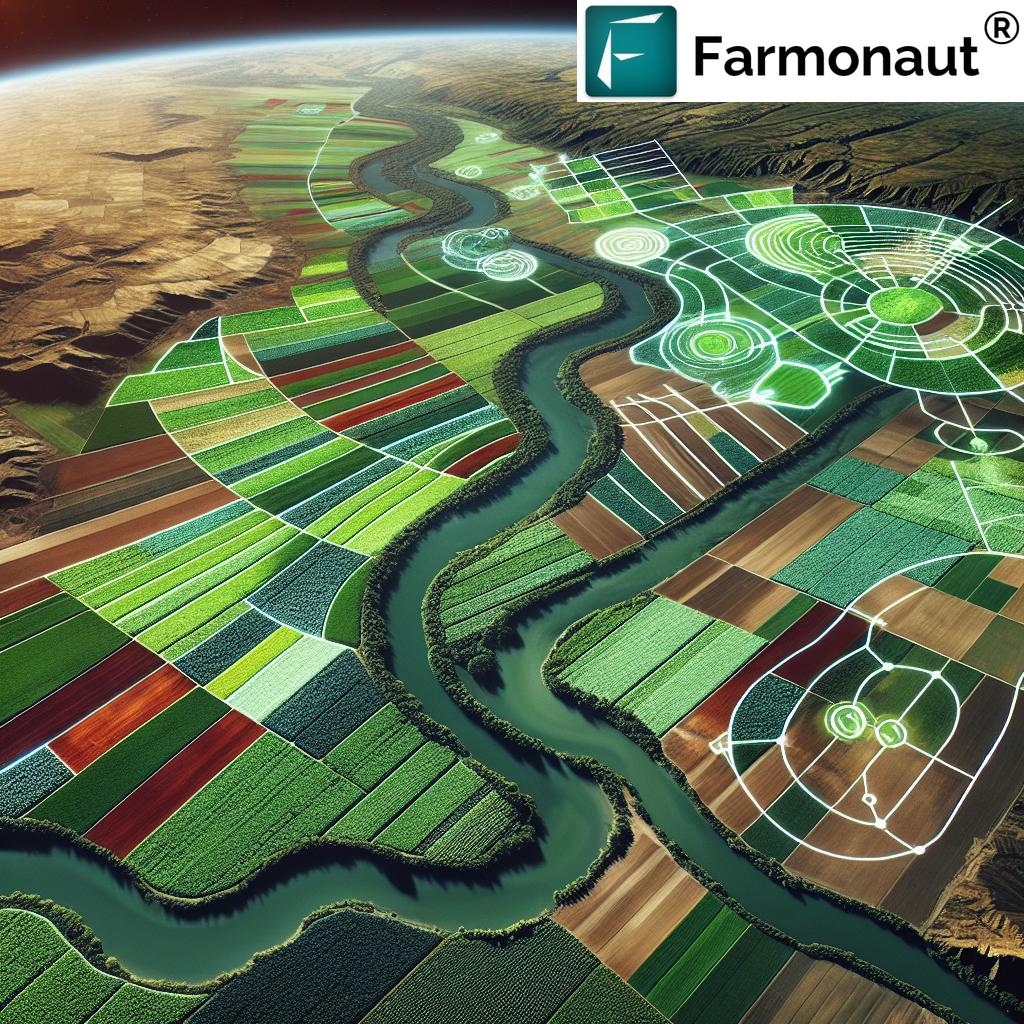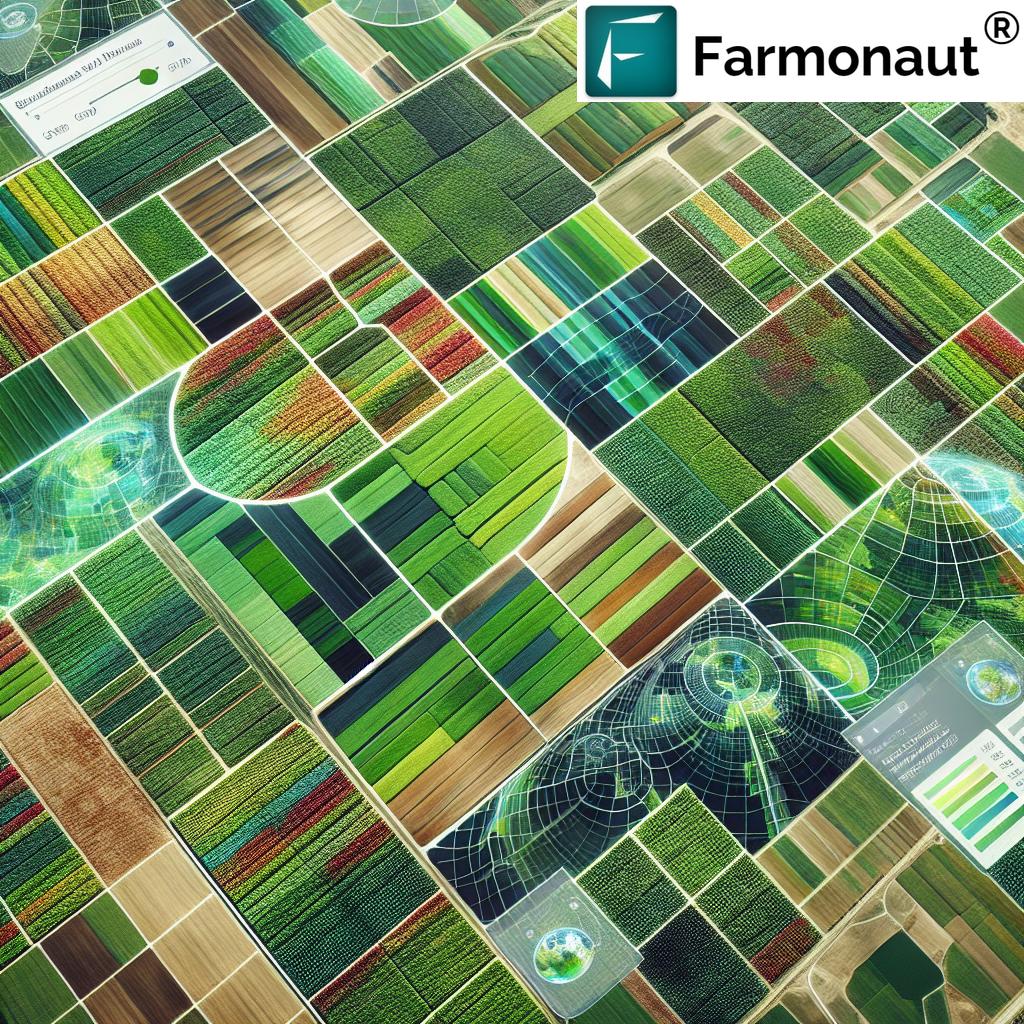“Precision seeders in 2025 can reduce seed wastage by up to 30% compared to traditional broadcasting methods.”
Seeding Farming: Top 7 Reseeding & Weeding Practices 2025
Summary: Seeding and reseeding are fundamental in modern agriculture, playing critical roles in ensuring crop productivity, soil health, and sustainable farming systems. As agriculture innovates toward 2025, understanding these concepts — and the pivotal machinery involved, such as advanced farming seeders — becomes increasingly vital for farmers aiming to optimize yields and maintain efficient land use. Dive into the top seeding, reseeding, and weeding practices, discover the technological advances of modern agriculture, and get an in-depth, SEO-optimized look at how we can cultivate the farms of tomorrow.
Understanding Seeding in Agriculture: Fundamentals & Latest Technology
Seeding farming is the foundational process in crop production. Seeding refers to the act of planting seeds into soil, marking the first critical step toward growth. This practice involves not only burying seeds at the correct depth but ensuring the spacing is precise and the placement is optimized for maximum germination, plant density, and uniform crop stands.
The influence of effective seeding techniques supports optimal yield potential. In 2025, this process is ever more critical as farmers face climate variability, resource efficiency pressures, and rising global food demands.
Why is Proper Seeding Vital for Modern Agriculture?
- Uniformity: Precise seeding leads to even crop stands, minimizing competition between plants for nutrients, water, and light.
- Population Density: Control plant population for maximum productivity.
- Optimized Germination: Right depth and spacing swing germination rates in your favor.
- Minimized Wastage: Modern seeders enable accuracy, reducing seed and labor wastage.
- Adaptation to Soil Variability: Advanced seeders adjust to soil type and moisture, even within the same field.
Types of Modern Seeders & Their Role in 2025
Seeders are the machinery heart of seeding agriculture. Let’s look at major types:
- Drill Seeders – These mechanically drop seeds at spaced intervals and correct depths, ideal for cereals (wheat, barley, oats).
- Broadcast Seeders – Spread seed over large areas, suited for pasture, rice, or cover crops, though less precise.
- Precision Seeders – Leverage computerization, GPS, and even AI for precision placement—minimizes wastage and ensures optimal spacing. Especially in 2025, this method is crucial for resource conservation.
Modern farming seeders increasingly come equipped with variable-rate technology, real-time seed monitoring, and compatibility with autonomous tractors. This radically improves efficiency and allows direct adjustment for varying soil conditions.
What is Reseeding in Agriculture? The Practice All Sustainable Farms Need
What is reseeding in agriculture? Simply put, reseeding means sowing seed again in a field where an initial crop stand was poor or failed. Its purpose is to ensure crop density and maximize yield where adverse conditions caused missing plants.
When and Why Is Reseeding Necessary?
- Poor Germination: Incorrect planting depth, drought, or soil pests reducing plant count.
- Weather Damage: Storms or frost harming seedlings during early growth stages.
- Pest & Disease: Insect infestations or fungal diseases like damping-off.
- Mechanical Injury: Tractor operations or machinery errors destroying crop rows.
- Pasture & Forage Management: Vital for improving deteriorated grasslands or re-establishing legumes in livestock systems.
In 2025, reseeding remains a crucial practice — especially for ensuring sustainable forage in pasture management and revitalizing deteriorated land. Adopting cutting-edge seeders helps sow the right seeds at precise locations with minimal soil disturbance, directly supporting soil health and productivity.
Weeding in Agriculture: Modern, Mechanical, and AI-Powered Approaches for 2025
The removal of unwanted plants—weeding in agriculture—is as important as seeding. Weeding ensures that weeds do not outcompete the main crop for water, nutrients, or light, which can directly reduce yield and soil fertility.
Why is Weeding Essential for Soil & Crop Health?
- Reduces Competition: Weeds take water, soil nutrients, and sunlight away from the desired crops.
- Minimizes Pest Habitats: Weeds can harbor insect pests and damaging crop diseases.
- Promotes Healthy Roots: Effective weeding enhances root growth and crop resilience, especially during early stages.
- Prevents Yield Losses: Studies show that up to 50% of yield can be lost to weeds if not managed promptly.
2025 Innovations: From Manual to Integrated Weed Management Systems
- Manual Weeding: Still vital for small fields or high-value horticulture but labor-intensive.
- Mechanical Weeding: Modern cultivators, finger weeders, flame weeders—ideal for row crops.
- Herbicide Application: Targeted spot-spraying is more sustainable, but herbicide resistance remains a concern.
- AI-Powered Weeding Robots: 2025 sees widespread deployment of robots that use cameras, AI, and GPS to differentiate weeds from crops, physically remove unwanted plants, and reduce reliance on chemicals. These machines are revolutionizing how we manage weeds.
- Integrated Weed Management (IWM): Combining mechanical, chemical, biological, and cultural practices for sustainable, ecology-friendly control.
“Innovative weeding robots can identify and remove over 90% of weeds, minimizing herbicide use in modern farms.”
Modern Farming Seeder Technology & Innovations in Seeding Agriculture 2025
In 2025, farming seeders are much more than mechanical planters. They’re sophisticated machines designed for precision, adaptability, and sustainability. Advanced seeders work synergistically with IoT devices, satellite data, and AI—enabling farmers to optimize each square meter of their land.
- Variable-Rate Seeders: Adjust sowing density according to in-field variability (soil health, fertility, and moisture), resulting in both improved yields and cost savings.
- No-Till Seeders: Allow for direct placement of seeds into untilled soil, preserving structure, reducing erosion, and sequestering carbon.
- Seed Treatment Features: Modern seeders can coat or treat seeds as they pass through, protecting germinating crops.
- Automated & Autonomous Planters: Self-driving seeders boost operational efficiency, reduce labor, and increase precision.
- Real-Time Sensing & Analytics: Seeders equipped with sensors monitor soil compaction, planting depth, and seed distribution, adjusting on-the-fly.
- AI Integration: Some seeders now connect to AI-powered farm management platforms, recommending best timing, seed varieties, and adjustments for local weather conditions.
These advances are especially important for farmers facing variability in field conditions and aiming to maintain efficiency while optimizing yield and input usage.
Optimize Sustainability with Farmonaut’s Carbon Footprint Monitoring
Our satellite-driven carbon foot printing tools empower farmers and agricultural managers to track, quantify and minimize carbon emissions from seeding, tillage, and crop management operations. Sustainable practices can be benchmarked and improved using actionable real-time insights for your farm, aligning productivity with environmental responsibility.
Enhance Crop Authenticity with Farmonaut Traceability Solutions
Trace your agricultural products from field to fork. Our blockchain-based solutions ensure transparency, reduce fraud, and boost market trust—particularly vital for premium and export crops in 2025 and beyond.
Comparison Table of Top 7 Reseeding & Weeding Practices (2025)
| Practice Name | Technology Used | Estimated Yield Improvement (%) | Soil Health Impact (1-5) | Sustainability Score (1-5) | Implementation Cost (USD/ha) | Adaption Level in 2025 (Low/Med/High) |
|---|---|---|---|---|---|---|
| Precision Seeding | GPS-guided Precision Seeder, Sensors | +15 to +30 | 5 | 5 | $50–150 | High |
| No-Till Reseeding | No-Till Seeder, Residue Management | +10 to +25 | 5 | 5 | $70–120 | Medium |
| Integrated Weed Management (IWM) | Combination: Mechanical, Chemical, AI | +12 to +25 | 4 | 4 | $45–90 | High |
| AI-Powered Weeding Robots | AI, Cameras, Mechanical Weeder | +10 to +20 | 4 | 5 | $150–350 | Medium |
| Variable-Rate Seeding | GPS, Real-time Analytics | +10 to +18 | 5 | 5 | $80–140 | High |
| Cover Crop Seeding | Drill Seeder, Broadcast Seeder | +6 to +15* | 5 | 5 | $30–75 | Medium |
| Pasture Reseeding & Renewal | Specialized Seeder, Drag Harrow | +10 to +21 | 4 | 5 | $65–120 | Medium |
The Top 7 Reseeding & Weeding Practices Revolutionizing Seeding Farming in 2025
Let’s explore in detail how these seven practices, powered by modern technology and innovation, are helping optimize crop yields and sustainability:
1. Precision Seeding (GPS & Sensor-guided Sowing)
- Uses GPS and sensors for exact seed placement at correct depth and intervals, adapting to soil and field conditions as it goes.
- Reduces seed use by up to 30%, minimizing wastage and maximizing planting uniformity.
- Critical for farmers facing variable soil zones within a single field.
Example: Cereals, corn, and soybeans benefit most from this precise approach.
2. No-Till Reseeding (Soil Preservation)
- Places seeds in undisturbed soil without plowing.
- Maintains soil structure, reduces erosion, helps carbon sequestration.
- Encourages beneficial soil biology and organic matter accumulation.
Best For: Both row crops and pasture renewal, especially on sloping or erosion-prone land.
3. Integrated Weed Management (IWM)
- Combines mechanical weeding, targeted herbicide use, crop rotation, cover crops, and biological agents.
- Minimizes development of herbicide-resistant weed populations.
- Promotes soil health and reduces overall chemical input.
Tip: Success relies on timely application and diverse control methods.
4. AI-Powered Weeding Robots
- Utilize AI-driven cameras and sensors to distinguish weeds from crops and perform real-time removal.
- Reduce labor costs and drastically cut herbicide usage.
- Especially suited to high-value vegetable and horticultural crops.
5. Variable-Rate Seeding
- Analyzes variations in soil fertility, moisture, and organic matter.
- Automatically modulates seeding rates to match zones of the field for optimal plant population density.
- Linked to satellite and AI-driven insights for maximum efficiency.
Benefit: Reduces seed wastage and ensures the entire field achieves close-to-maximum yield potential.
Monitor and Manage Multiple Fields with Farmonaut Large Scale Farm Management
Access real-time satellite data to assess field conditions, track planting and weeding schedules, and optimize all key agricultural operations from a single platform. This enhances both productivity and sustainability—essential for any commercial grower operating in 2025’s demanding environment.
6. Cover Crop Seeding (For Soil Health & Weed Suppression)
- Sow leguminous or grass species between main crops to boost soil structure and organic matter.
- Suppresses weed growth by outcompeting unwanted plants and providing full field coverage.
- Adds nutrients (especially nitrogen) and improves soil water retention for subsequent planting.
Result: Improved yield, resilience to drought, weed reduction, and overall better soil health.
7. Pasture Reseeding & Renewal
- Crucial for revitalizing deteriorated or overgrazed lands used in livestock systems.
- Uses specialized seeders and sometimes harrows to ensure good soil contact and uniform grass/legume distribution.
- Directly increases forage availability and improves livestock carrying capacity per hectare.
Note: Pasture reproductive cycles mean these improvements sustain productivity for years—not just a single season.
Optimize Machinery Operations with Farmonaut Fleet Management Solutions
Track, analyze, and efficiently deploy your seeder, sprayer, and harvester fleets with satellite-linked resource management. Cut fuel costs, reduce downtime, and ensure labor and equipment are always at peak efficiency.
The Role of Satellite Data & Farmonaut in Seeding Farming & Agricultural Sustainability
Seeding farming, reseeding, and weeding in agriculture have moved firmly into the era of data-driven decision-making. Satellite imagery is now indispensable for large and small farmers alike—enabling real-time crop, soil, and input monitoring.
- Satellite Crop Health Monitoring: NDVI and other indices reveal plant vigor and stand uniformity post-seeding or after reseeding events.
- Soil Moisture & Fertility Monitoring: Detects drought stress, overwatering, or variable fertility, guiding actionable responses ahead of crop failure.
- Weed and Pest Detection: Multispectral imaging spots abnormal colorations and growth, helping direct weeding or pesticide interventions only where needed.
- Resource Optimization: Integrations with machinery and on-ground sensors maximize performance and efficiency.
At Farmonaut, we provide real-time crop and soil insights, management tools, AI-based advisories, and blockchain traceability that empower farmers to optimize every aspect of the seeding-recseeding-weeding cycle—ensuring sustainability, productivity, and risk reduction for agricultural operations in 2025 and beyond.
Integrate with Farmonaut’s API for Deep Data-Driven Ag Solutions
Developers and agribusinesses can seamlessly connect our satellite insights into their own farm management apps and systems. Quick access to crop health, field boundary, and real-time monitoring at scale is at your fingertips.
Frequently Asked Questions (FAQ): Seeding, Reseeding & Weeding in Agriculture 2025
Q1: What is the main difference between seeding and reseeding in agriculture?
Seeding is the initial act of planting seeds for crop or pasture establishment, while reseeding involves planting seeds again in the same field after part of the crop fails to establish, or for pasture renewal.
Q2: Why is precision seeding so important in 2025?
Precision seeding allows farmers to maximize every input—seeds, fertilizer, labor—by planting at the correct depth and spacing using GPS, sensors, and AI, leading to higher yield and reduced resource wastage.
Q3: How do AI-powered weeding robots help farming?
AI-driven robots can accurately distinguish between crops and weeds, removing over 90% of weeds efficiently and drastically reducing herbicide use, which improves sustainability and lowers input costs.
Q4: Can seeding technology help with climate challenges?
Absolutely. Variable-rate seeders, moisture sensors, and satellite analytics enable adaptive management in the face of drought, unpredictable rainfall, and changing pest pressures—making farms more climate-resilient in 2025 and beyond.
Q5: How does Farmonaut support seeding, reseeding, and weeding?
We provide satellite crop health monitoring, real-time soil condition analysis, AI-based advisory systems, resource and fleet management tools, and blockchain traceability—helping optimize every stage of the crop cycle, from planting to harvest.
Q6: What are best practices for reseeding deteriorated pasture?
Remove excess debris, lightly harrow the soil if needed, select suitable high-vigor species, and use a calibrated seeder for proper depth and distribution. Integrate periodic monitoring with satellite data for best results.
Conclusion: Cultivating the Future of Seeding Farming & Sustainable Agriculture
As we step further into the era of high-tech seeding farming, both reseeding and advanced weeding in agriculture stand out as non-negotiable strategies for maintaining soil health, crop yield potential, and long-term viability. New seeders and data-driven tools give farmers precision control over every key variable—be it planting depth, population density, pest management, or resource efficiency.
Farmonaut continues to lead the way by making satellite-driven insights and resource management accessible to all types of agricultural operations—empowering decision-makers to implement the very best practices with confidence. By integrating sophisticated machinery, AI evaluation, and blockchain traceability, we support farmers aiming for both high yields and stewardship of the land.
The future of agriculture relies on the smart adoption of reseeding and weeding practices—combined with technological advances in seeding machinery and real-time satellite analytics. Let’s plant, monitor, and harvest smarter in 2025 and beyond.
For further resources and deep-dive data, visit Farmonaut online.











